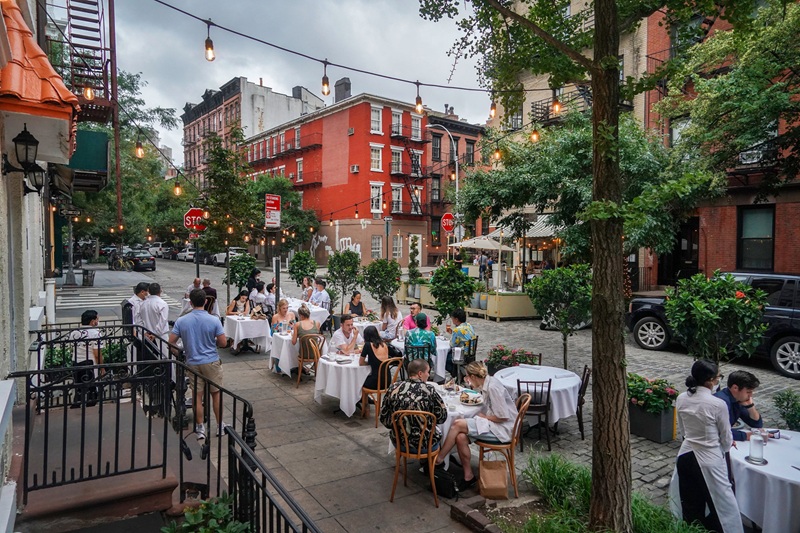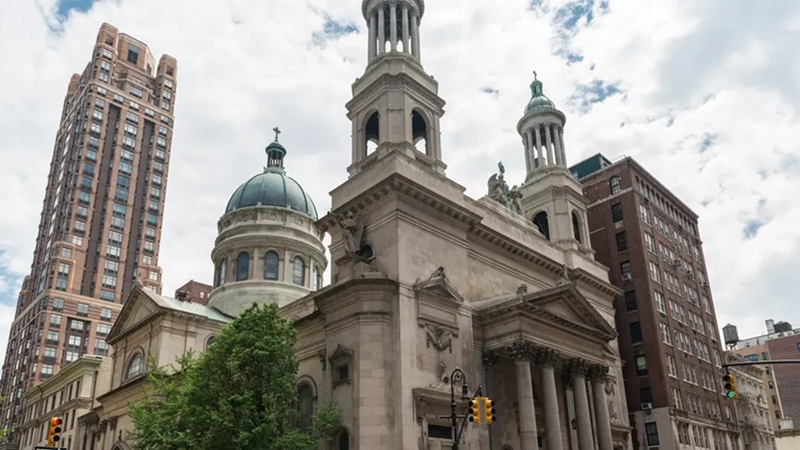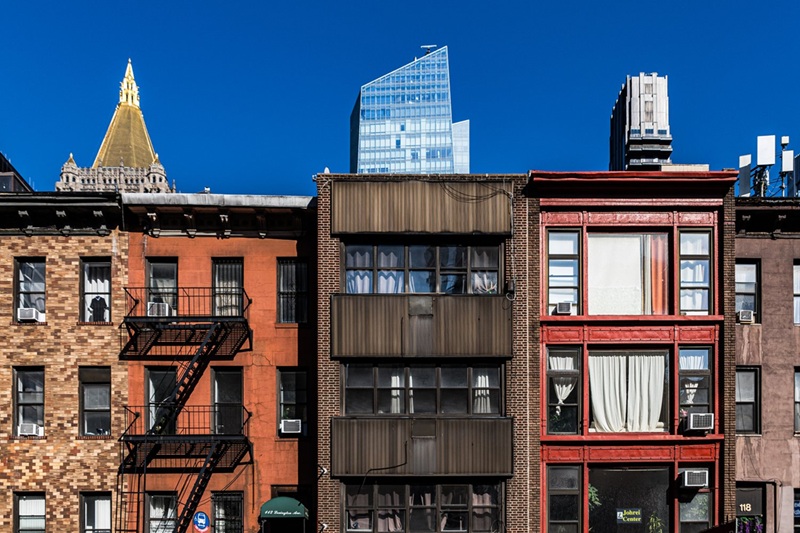
The West Village, one of the most beloved neighborhoods in Manhattan, is a picturesque and charming area known for its tree-lined streets, historic architecture, and vibrant cultural scene. This neighborhood, which is part of the larger Greenwich Village, offers a distinctive mix of old-world charm and contemporary urban living.
History and Development
The West Village’s history stretches back to the early days of New York City. Once farmland, the area began to see significant urban development in the 19th century. It became a hub for artists, writers, and musicians, particularly in the early 20th century. The neighborhood’s narrow, winding streets were designed to mimic the older European cities, adding to its unique character.
One of the defining aspects of the West Village is its preservation of historic brownstones and townhouses. Many of these buildings have been carefully maintained, and the neighborhood’s status as a historic district has helped ensure that development remains respectful of its past.
Arts and Culture
The West Village has long been a mecca for creativity, attracting luminaries in the arts, theater, literature, and music. The area became a gathering spot for bohemians and avant-garde thinkers during the early 20th century, a legacy that still persists today. The neighborhood is home to several iconic theaters, including the Cherry Lane Theatre, which has been an important venue for off-Broadway productions.
The artsy vibe of the West Village is also evident in its galleries and the streets themselves, often featuring murals and sculptures. Additionally, the nearby Stonewall Inn, located in the heart of the neighborhood, is an essential landmark in LGBTQ+ history, known for its role in the 1969 Stonewall Riots, which were a pivotal moment in the fight for LGBTQ+ rights.
Dining and Shopping
The West Village is renowned for its eclectic dining scene. From cozy cafes to upscale restaurants, the area offers an abundance of choices for food lovers. Many of New York’s most famous chefs have opened restaurants in the neighborhood, often focusing on seasonal, farm-to-table fare or international cuisine. Neighborhood favorites like “Buvette” and “L’Artusi” continue to attract foodies from around the world.
In addition to dining, the West Village is a great place for boutique shopping. Independent shops, stylish home goods stores, and artisanal boutiques line the streets. There is a distinct atmosphere of creative luxury in the West Village, with an emphasis on unique and handmade items.
Community and Lifestyle
The West Village retains a small-town feel despite being located in the heart of one of the world’s busiest cities. The neighborhood is known for its sense of community, with locals frequently gathering at farmers’ markets, cafes, and parks. Washington Square Park, located nearby, is often bustling with musicians, street performers, and people relaxing in the sun.
The West Village has historically been an area with a diverse population, attracting a mix of longtime residents, young professionals, and families. The neighborhood’s relatively low-rise profile, with its rows of brownstones, gives it a more residential atmosphere than many other parts of Manhattan, making it an attractive place to live.
Conclusion
The West Village stands out in New York City as a neighborhood that manages to blend historical charm with modern sophistication. Its artistic roots, commitment to preservation, diverse dining and shopping options, and welcoming community make it one of the city’s most desirable and distinctive places to visit or live. Whether you’re strolling along its cobblestone streets, grabbing a coffee in a cozy café, or exploring its rich history, the West Village never fails to impress.

